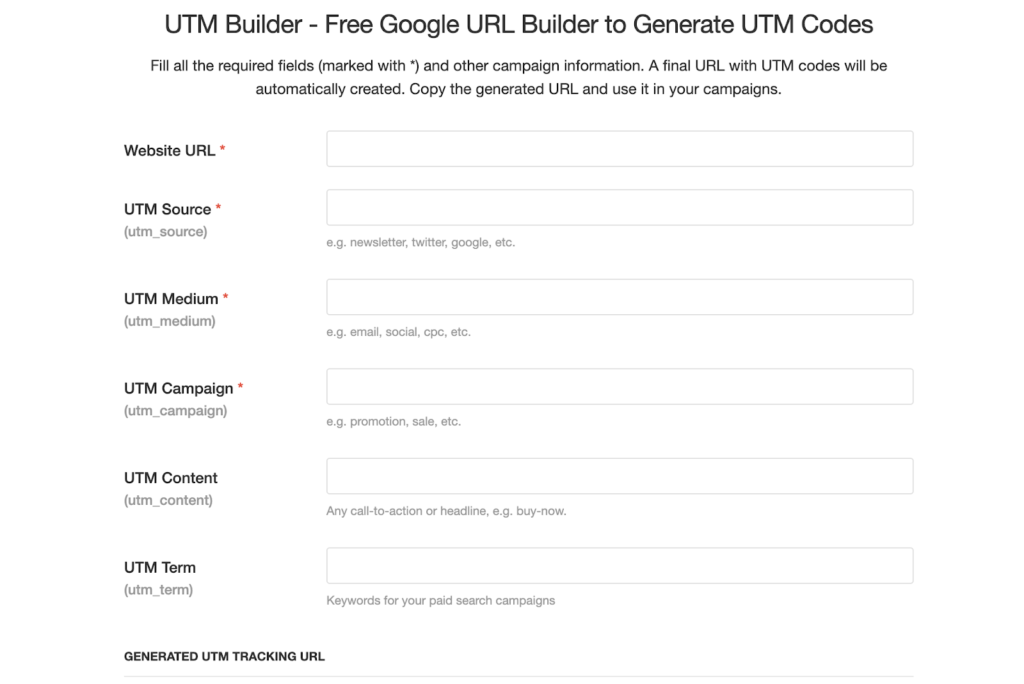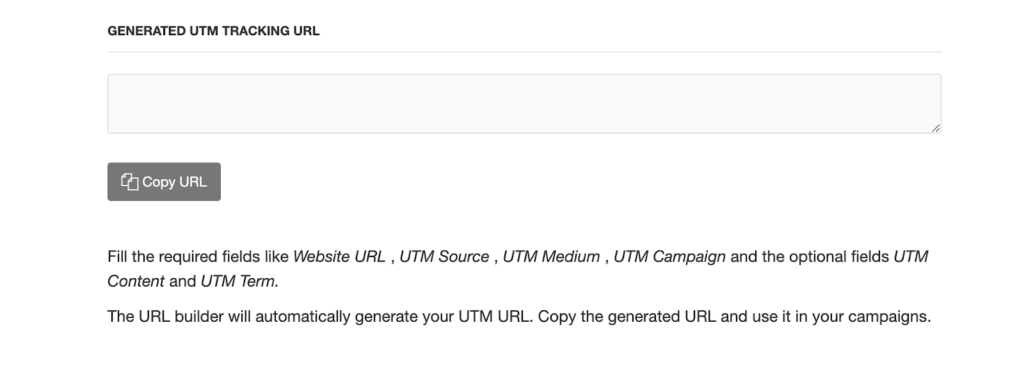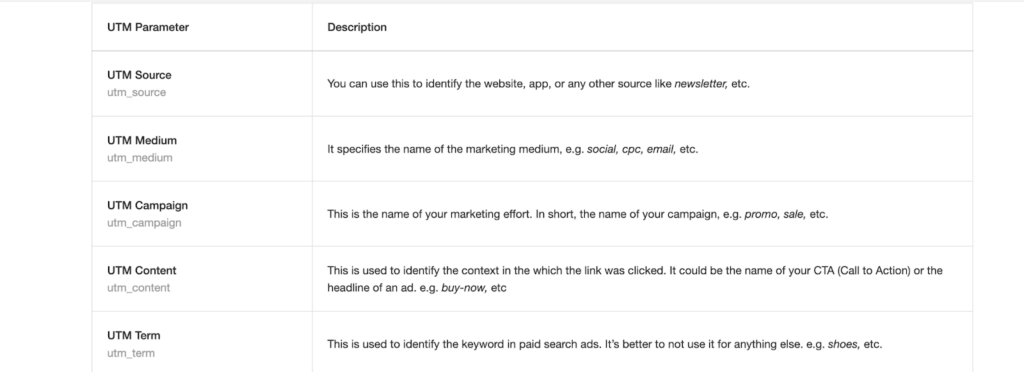Introduction
In the exciting world of online marketing, understanding and improving how well your ads work is really important. Using UTM (Urchin Tracking Module) tags can be a game-changer especially as they help marketers learn useful information about their ads. In this article, we’ll show you in simple steps the process of UTM tagging and how to track your ad performance like an expert (and don’t worry even if you are a beginner, at the end of this article, you’ll get a hang of it).
Let’s get started.
What are UTM Tags?
UTM tags are small bits of code that you add to your web addresses (URLs). Basically what this means is that these little bits of code act like detectives, fishing out necessary information from people who visit your website.

This useful information spans across where your visitors come from, how they found your website and many more. What’s more? They also help you track it, giving you useful data about what people do when they see your ads.
This is very important because when you know what marketing / Ad effort is working and what is not, it automatically enables you to know where to optimize for better results and what areas to better concentrate on. And isn’t this what growth marketing revolves around? _ Data-Driven decisions_.
To make this more graphic, easy to understand and recollectable for you, here’s and example of what a UTM tag looks like:

Step-by-Step Guide On How To Create UTM Tags
- Decide What to Track
Before you go head-on into tracking, you need to know what exactly you want to track. You cannot afford to wade in blindly. The information you seek should be in alignment with placing your website in front of people’s faces. Some common things to track include:
- utm_source: is like a digital name tag for your website’s visitors, showing you where they were before they landed on your page and the exact platform that led them to your online doorstep.
- utm_medium: is more of a sign that tells you how people found your website – whether it was through an email, a social media post, or some other digital pathway. In a nutshell, it tells you how people got to your website.
- utm_campaign: Think of UTM campaign as an informant that tells you the difference between your Ads/Campaign. It’s like having labels on your ads so you can easily spot which ones are doing well and which ones aren’t.
- utm_term: When people go to a search engine, they have a specific goal in mind. How they go about getting this goal is by using keywords (or terms, if you will) to search for results. If you’re using paid search ads, you can use utm_term to track the words people type in.
- utm_content: This helps to track different parts of your ads or test different versions. You could see this as an offshoot of A/B testing where you are monitoring distinct parts of your Ad for optimization.
- Make Your UTM Codes
Generating UTM tags really isn’t difficult. Google’s Campaign URL Builder can help with this task. All you need to do is put in your website URL and the campaign information you want to track. And voilá! This UTM tag builder will create a special UTM code just for you.
Let’s take a look at how:

When you go to a UTM generator site like Google UTM tag builder, what they require from you are what we have listed in the “common things to track” section of this blog post. They are the parameters you have to track to get the necessary information needed. When you input them, the site will generate a URL like this:

All that you have to do is copy it and add it to your campaign. In the process of setting up your UTM code, you will have to input details like the ones here:

So you can get your URL with all the parameters you have set to be tracked, just like this:

- Make Short Web Addresses
Bet you never knew a time would come when “Short” would be considered better. Well, look at that. In this case, the shorter; the better. Long web addresses can look messy and might turn people off. On the other hand, using a short web address makes your UTM tags look neat while still working correctly.

See that? It looks stressful to the eyes. Chances are, you can’t go off this blog post and type this from memory. What you don’t want is something that looks clumsy and untrustworthy. So instead of this long address, go for a shorter one like this:

- Use the Same Names
Using different UTM names across different campaigns can lead to confusion so when you create UTM tags, make sure you use the same names every time. This makes it easy to analyze and this way, your data stays organized and it’s easier to understand.
- No Spaces or Special Characters
Spaces or special characters are not allowed in UTM tags. Special characters such as !, @, #, $, %, & etc can lead to errors and incorrect data. They can also make your tracking less accurate. So by all means, stick to small letters and use hyphens or underscores if you need to separate words.
Now that you have created your UTM Tag, let’s talk about tracking Ad performance. To do this seamlessly, you have to place all hands on deck to analyze the data, reiterate and optimize the Ad you have set up. Here’s how:
- Use Google Analytics
Make sure you connect your website with Google Analytics. This tool helps you understand the data from your UTM tags and shows you what people do on your website, how often they buy things, and other insightful information.
- See How Well Your Ads Work
Once the UTM-tagged Ads are live, you have to constantly monitor and analyze how well it is working. Check for what campaigns are working the most, find out where most of your visitors are coming from and what exactly they are doing.
- Test Different Things
If you haven’t figured it out, UTM tags are great for testing. So test out different versions of UTM tags, this helps you learn what works better and what your audience likes more. Ultimately it allows you to cut off guess work and implement data backed choices.
- Change Things in Real Time
One amazing thing about UTM tags is that you can change things quickly. This is like having access to the “Edit” Button and you can fix what isn’t working. Hence, if you see an ad isn’t doing well, you can change your approach immediately to get better results.
Conclusion
UTM tags can make your marketing better when used accurately. All the information gathered helps you stay on top of what your audience gravitates towards, learn them better and make refined decisions as regards your Ads. UTM tags are your guides when it comes to Ads. The earlier you start using them, the better for you as a marketer. At the end of this, cheers to making smarter choices for your Ads and the success that’ll come with it.
